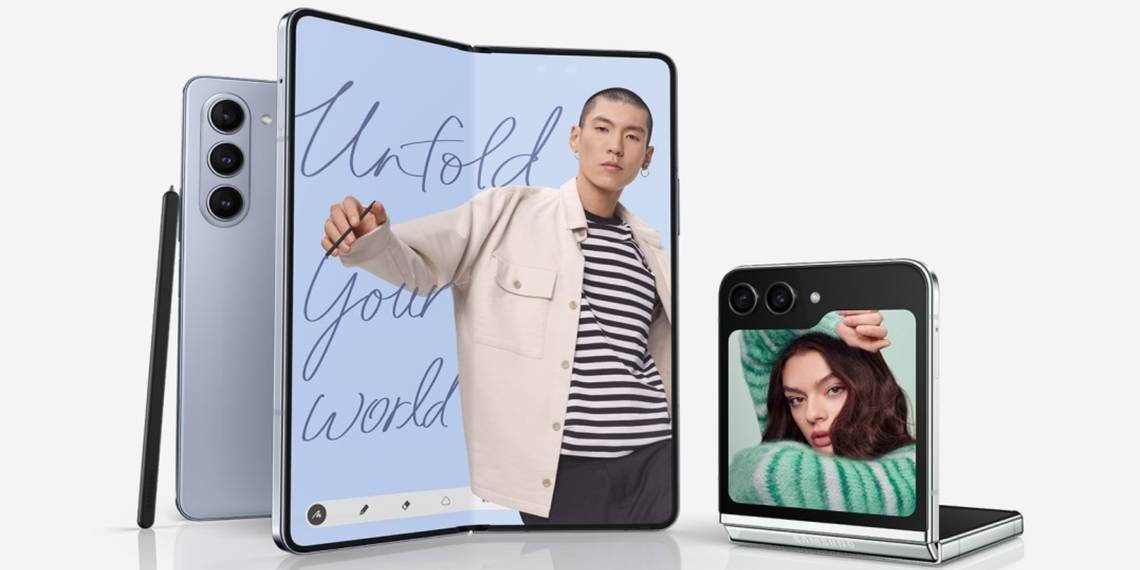Jesse Mulligan: Here’s why you need to put Tokyo on your travel itinerary immediately
Tokyo’s food scene is close to perfect, and too expansive for a “best of” list.
Viva’s dining-out editor Jesse Mulligan describes Tokyo’s food scene as close to perfect, and so expansive that it can’t possibly be encapsulated in a “best of” list. Here are some highlights.
Would it be weird if I started exclusively dressing in the colours of the season? Would it be weird
“Autumn! Autumn!” cried a woman at one of the sweet stalls on the basement floor of a department store. She pressed a ticket into the hand of my wife, who was then permitted to exchange it for an autumn treat: walnut and caramel, this one, though the chestnut Mont Blancs were everywhere too. Welcome to Japan, where the phrase “for a limited time” applies to everything, everywhere, all at once. The sweet she sold Victoria had been prepared that morning and had an expiry date of “afternoon”. It didn’t last that long.
I’d planned to bring you “the best of Tokyo” but my local host, Air New Zealand’s Head of Japan Clovis Peryer, talked me out of it. There are 50 restaurants to each city block, 50 blocks to each of the 26 cities that combine to form the metropolis. Every one of these restaurants (that word isn’t quite right for some of them, where there are just six seats and no door) is perfect in its own way. The closest I’ve come to this level of consistency is Rome, but even there you have to avoid the tourist traps. Tokyo has no tourist traps. Ripping someone off would be impolite.
/cloudfront-ap-southeast-2.images.arcpublishing.com/nzme/WFF7R3766RHEXBWZDT65KEJWH4.jpg)
We ate some incredible meals, but picking favourites misses the point. The stuff you end up loving most about Tokyo are the many, many tiny things that make it unique: I stayed six nights in the centre of one of the biggest cities in the world and didn’t once hear a siren or a car horn; I learned that when you order a spirit you can ask for it “strong” and they won’t increase the price; when it rains, a small machine appears at the doorway of each store that will wrap your wet umbrella in plastic as you enter; we bought a mochi rice cake at an upmarket store and they gave our change in new banknotes “as a sign of respect”; one of our hosts left her phone in a taxi and the taxi company found the driver and returned it within 10 minutes.
You get the idea. You are surprised and delighted multiple times a day, and though it sounds a little basic I have to say that much of the surprise and delight comes from how little everything costs. The yen is weak and it was all pretty reasonable in the first place. Alcohol is cheap and, if you wanted to, you could eat for NZ$30 a day. Tokyo has the size and sophistication of New York, but the living costs are more like Bali. I bought my umbrella from the 7-Eleven for $6; I bought the world’s best pork cutlet sandwich for $5.
/cloudfront-ap-southeast-2.images.arcpublishing.com/nzme/AFT4MCBL4ZFCHI6SHY6DRA6SP4.jpg)
Capitalism. There is a lot of it. You don’t have to love shopping to love Tokyo, but it helps. Perhaps you are more of a shrine person? There are a lot of them, often in otherwise densely commercial parts of the city. They offer solace, serenity, perspective and spirituality. Well, I assume they do. I’m really sorry, but I didn’t go to any shrines.
We were busy shopping or eating or drinking. And though all that stuff involves some sort of financial exchange, the very best moments were just walking between things and interacting with the Japanese people, who are wonderful, funny, charming and kind.
Every time we asked our hotel receptionist for a recommendation he looked like he was going to faint from the pressure. That guy could have sent us anywhere for breakfast but he found us a traditional Japanese kitchen exquisitely matched to what we’d asked for. Like the sushi place he recommended later (fourth floor of an office building, no signage), which we would never have found without his help (we struggled to find it with his help).
“If you want a good photograph somewhere, ask a Japanese person to take it,” Clovis advised as a stranger in the park handed him back his phone. “Ooh look, she’s changed my settings.”
/cloudfront-ap-southeast-2.images.arcpublishing.com/nzme/T5CETR723JGWLIEUGMOIDOOC64.jpg)
Your main Tokyo problem will be where to go and as somebody who’s recently been through this, I have elected to supply you with as few Japanese place names as possible. At some point you will work out your Shibuya from your Shinjuku, your Ebisu from your Akihabara but there is no point in me giving you this information now. Let me instead give you some broad advice based on my intense six days of on-the-ground research.
You will have some big-ticket items you’ll want to tick off and most of them will be in the crowded areas of the city — the places that are nothing like New Zealand, and make you feel overwhelmed, in a good way. But I would also love you to devote a couple of days to the neighbourhoods — little areas built around a metro station that don’t have any major attractions, just quiet Japanese people living quiet lives powered by good espresso and creative retail spaces.
Extraordinarily handsome older men cycle past in three-piece suits; 5-year-olds wander alone to school wearing uniforms designed by Armani; teenagers try on hats at a vintage clothing store. Any opportunity you get to see Japanese people living their lives is time well spent, and just in case you’re ripping this article out to plan your own trip I’ll give you the names of three great neighbourhoods: Kichijoji, Shimokitazawa and Daikanyama.
/cloudfront-ap-southeast-2.images.arcpublishing.com/nzme/P7QH3IMVRRELZJISEHULWGOSEY.jpg)
Of course, most Tokyo workers live much further away from the city and they have their own lives that are equally interesting to catch glimpses of. We had one late night at a proper “salary man” bar, where workers in matching outfits (black pants, white short-sleeve shirt) pause for a few rounds of hard liquor near (sometimes inside) their local railway station.
There are customs and protocols at places like this that I reckon it would take years to learn (“Understanding Japan is like peeling an onion,” said Clovis, a Kiwi who’s lived here over 10 years, “every time you think you’ve got it, you realise there’s another layer you haven’t quite understood yet”) but it’s a learner-friendly environment — everybody is happy to engage, test out their English and give you tips when and if you need them.
It helps that they’re all drinking. Alcohol is a big part of Japanese life, and the locals I met seemed to really open up after a couple of drinks (sometimes after a couple of sips). Interestingly nobody gets aggressive or boorish — perhaps the laughs get louder and the bows get deeper, but I never saw an argument or a problem.
The night starts with a beer then moves to sake and perhaps shochu, a clear spirit. The locals enjoy a whiskey mix they call a highball, and gin can be hard to find, though if you shop well you can pick up some high-end bottles to take home for a fraction of the New Zealand price.
/cloudfront-ap-southeast-2.images.arcpublishing.com/nzme/AFPAFTLYGBEQZFEMYKCWLQCWHY.jpg)
One of the trickiest things for New Zealanders visiting Japan is what to do in the morning. Most stores don’t open until 10 or even 11, and if you’re on Auckland jet lag time it’ll be a challenging few hours wandering the streets of a closed city.
On a morning like this, aside from the beautiful city parks, your best option is Tsukiji fish market (technically called the “outer market” since the main event moved east a few years ago). There is great coffee nearby, hundreds of metres of laneways to wander and dozens of street food stalls to sample — I ate Japanese omelette then fish soup while Victoria browsed a beautiful kitchenware shop. The shrine next door also does a great early breakfast.
A little further along the same subway line is the cutlery district, where you should take some time to buy yourself a handmade knife from one of the many stores specialising in them. Unless you’re a pro, ask for a “multi-purpose” knife in stainless steel (carbon is a little sharper but higher maintenance) — everybody’s English is very good and you’ll get something wonderful for under $200. As with any decent-size purchase, take your passport to get 10 per cent tax back on your purchase.
Afterwards, if it appeals, you can browse some of the stores selling fake food — most restaurants have “samples” of their most popular dishes on display outside, and you’ll struggle to find a more classic Tokyo gift than a realistic, plastic bowl of ramen to give to somebody with a sense of humour back home.
/cloudfront-ap-southeast-2.images.arcpublishing.com/nzme/3LGIOGN255DKNL2IW5EM744YUI.jpg)
I’ve mentioned the subway and I should tell you that, like the rest of the city, it is safe and impossibly clean. The toilets at your local metro station are like the toilets at The Grove, though even The Grove doesn’t have those pre-warmed seats that make distracting noises when you tinkle and clean you up afterwards. There is no visible crime, intimidating characters or even nuisances above ground or below — the only time someone will approach you is to help you with directions.
You will have your own memorable moments but here are some of mine: a waiter pouring sake so generously it spilled over the rim of my glass and into a saucer designed specifically for this purpose; learning that people enjoy jogging around the Imperial Palace because of the positive energy the building radiates (everybody runs counter-clockwise to avoid collisions); finding out that instead of star signs, Japanese believe aspects of your personality are determined by your blood type (I sprinkle my shichimi powder like a type -A, apparently); hearing that to obtain your kimono licence, you have to put it on all by yourself in exam conditions, with a time limit; discovering that tempura tastes better with a pinch of salt than with any sauce.
We are so lucky to have Japan so close. It’s Italy without the cynicism, Paris without the rudeness, New York without the hustle, Scandinavia without the price tag. And right now the New Zealand dollar is king. It might never happen again so make the trip now, and gather your own Tokyo stories.
Jesse Mulligan flew to Tokyo courtesy of Air New Zealand. The airline flies direct to Tokyo daily.
Where to go — and where to eat when you get there.
Unlock this article and all our Viva Premium content by subscribing to
Share this article:

 oujisama
oujisama 












